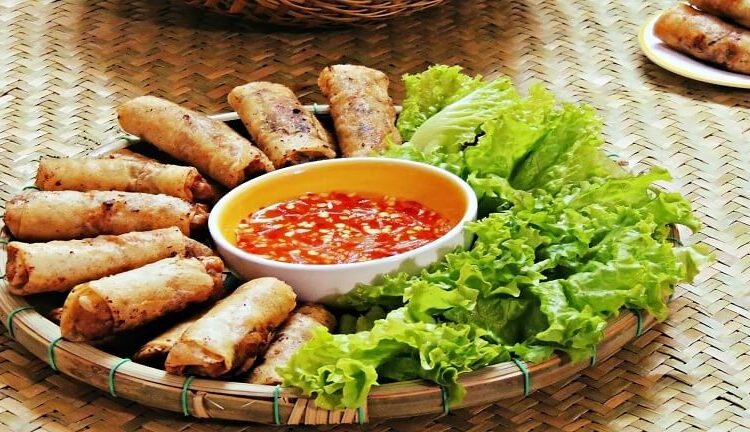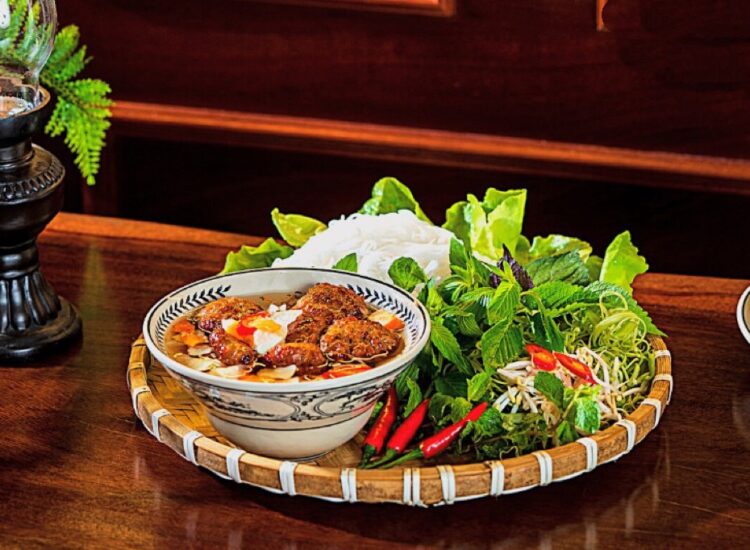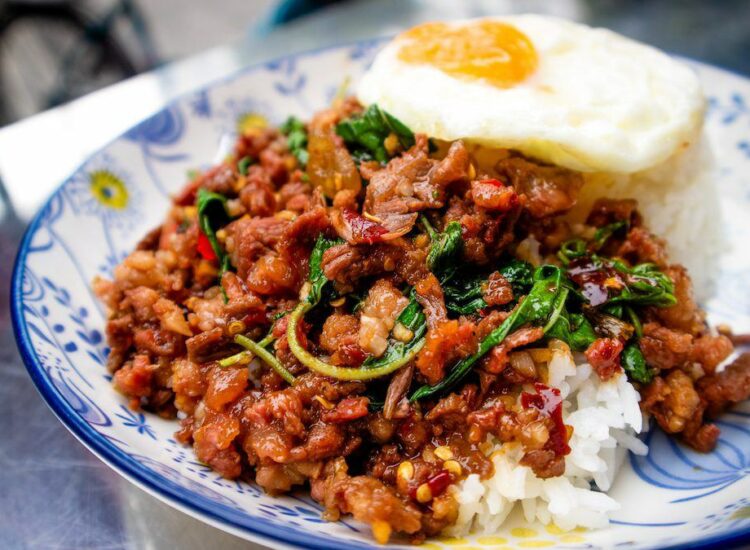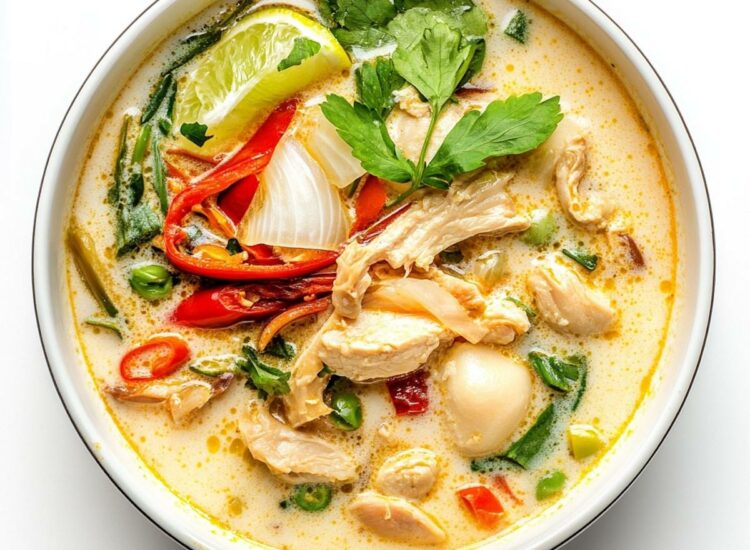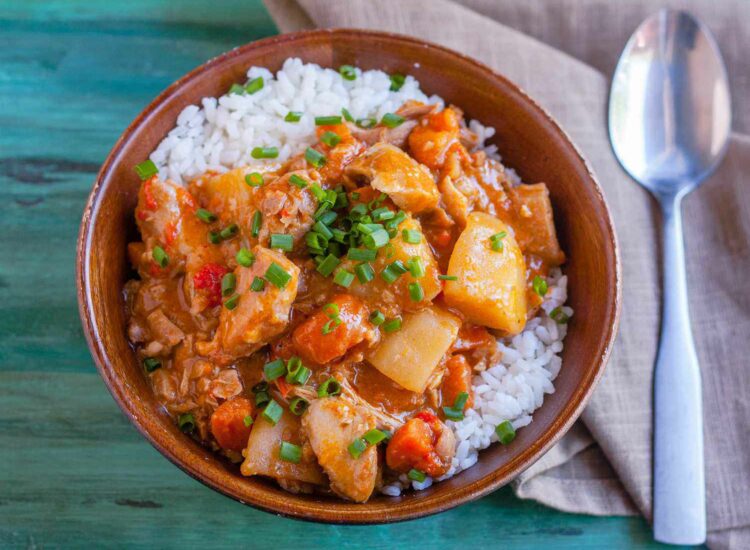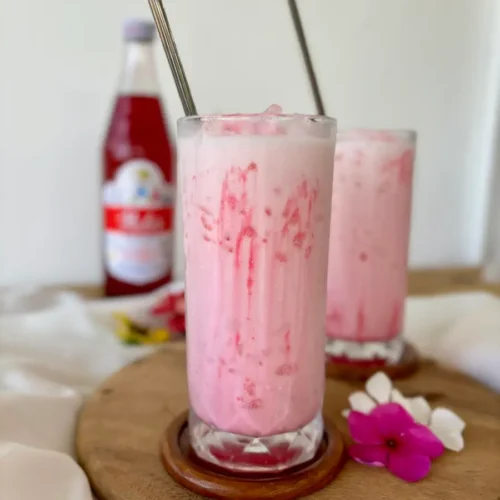Kai Yang: The Ultimate Guide to Thai Grilled Chicken
Introduction
Thai cuisine is celebrated globally for its vibrant flavors, aromatic herbs, and harmonious blend of sweet, sour, salty, and spicy notes. Among the plethora of delectable dishes, Kai Yang, or Thai Grilled Chicken, stands out as a quintessential street food and restaurant favorite. This article delves into the world of Kai Yang, exploring its origins, ingredients, preparation methods, regional variations, and its enduring appeal. Whether you’re a seasoned foodie or a curious home cook, this comprehensive guide will equip you with everything you need to know about Kai Yang.

Origins and Cultural Significance
Kai Yang, also known as Gai Yang, Kai Ping, or Ping Gai, originates from Laos but is deeply ingrained in Thai culinary culture, particularly in the Isan region of Northeastern Thailand. Isan cuisine, known for its bold and rustic flavors, heavily influences Thai food as a whole, and Kai Yang is a prime example of this influence.
Historically, it’s believed that Kai Yang was a dish enjoyed by wealthier individuals due to the relative scarcity of protein sources other than seafood in Laos and Isan. Over time, it transitioned into a widely accessible and beloved dish, becoming a staple in street markets, local eateries, and fine dining restaurants across Thailand and beyond.
Kai Yang is more than just grilled chicken; it represents a culinary tradition that embodies the resourcefulness and flavorful ingenuity of Isan cooking. It’s often enjoyed during family gatherings, festivals, and casual meals, reflecting its communal and comforting nature.
Key Ingredients and Flavor Profile
The magic of Kai Yang lies in its marinade, a symphony of herbs and spices that infuse the chicken with its signature taste. While recipes can vary, some core ingredients are consistently used:
- Chicken: Traditionally, a whole chicken is butterflied or spatchcocked to ensure even cooking and maximum surface area for marinade absorption.
- Garlic: A generous amount of garlic is crucial, providing a pungent and savory base.
- Coriander Root: Often overlooked, coriander root imparts a unique, slightly peppery, and aromatic depth that is characteristic of authentic Kai Yang.
- White Pepper: Adds a subtle heat and complexity, distinguishing it from black pepper.
- Fish Sauce: The cornerstone of Thai cooking, fish sauce (Nam Pla) delivers a salty, umami-richness that is indispensable.
- Soy Sauce: Contributes to the savory profile and helps with browning during grilling.
- Palm Sugar: Balances the savory and salty notes with a touch of sweetness, also aiding in caramelization.
- Lemongrass: Bruised lemongrass stalks release their citrusy and fragrant oils into the marinade, adding a refreshing dimension.
- Ginger: Fresh ginger provides a warm, zesty spice that complements the other aromatics.
- Oyster Sauce (Optional): Some recipes include oyster sauce for an extra layer of umami and richness.
- Turmeric (Optional): A pinch of turmeric can be added for color and subtle earthy notes.
The marinade creates a complex flavor profile that is savory, slightly sweet, aromatic, and subtly spicy. When grilled, the chicken skin becomes crispy and smoky, while the meat remains juicy and infused with the marinade’s essence.
Related articles 01:
1. https://chobangkaewthai.com/tom-kha-gai-unveiling-the-aromatic-symphony-of-thai-coconut-chicken-soup
3. https://chobangkaewthai.com/a-journey-through-time-unraveling-the-history-of-massaman-curry
Preparation and Grilling Techniques
Preparing Kai Yang involves a few key steps to achieve optimal flavor and texture:
-
Marinating: The chicken is marinated for at least 2-4 hours, or ideally overnight, to allow the flavors to fully penetrate the meat. The marinade is typically made by pounding or blending the herbs and spices into a paste and then mixing it with the liquid ingredients.
-
Butterflying/Spatchcocking: This technique involves removing the chicken’s backbone and flattening it. This ensures even cooking and reduces grilling time. Alternatively, the chicken can be halved or quartered.
-
Grilling: Kai Yang is traditionally grilled over charcoal, which imparts a distinctive smoky flavor. However, it can also be grilled on a gas grill or even roasted in the oven. The key is to grill it over medium heat, turning occasionally, until the chicken is cooked through and the skin is crispy and golden brown.
-
Basting (Optional): Some cooks baste the chicken with coconut milk or a mixture of marinade and oil during grilling to keep it moist and enhance the flavor.
-
Serving: Kai Yang is typically served whole or cut into pieces, accompanied by:
- Sticky Rice (Khao Niao): An essential accompaniment in Isan cuisine, sticky rice is perfect for soaking up the flavorful juices of the chicken.
- Som Tum (Green Papaya Salad): The refreshing, spicy, and tangy Som Tum provides a perfect counterpoint to the richness of the grilled chicken.
- Nam Jim Jaew (Thai Dipping Sauce): This smoky, tangy, and slightly sweet dipping sauce made with roasted rice powder, fish sauce, lime juice, chili flakes, and herbs is specifically designed to complement grilled meats like Kai Yang.
- Fresh Vegetables and Herbs: Cucumber slices, lettuce leaves, and fresh herbs like mint and cilantro are often served to add freshness and balance to the meal.
Regional and Recipe Variations
While the fundamental principles of Kai Yang remain consistent, regional and recipe variations exist throughout Thailand and in Thai restaurants worldwide. Some common variations include:

- Kai Yang Naam Tok: This Isan variation features grilled chicken that is sliced and tossed in a spicy and herbaceous dressing similar to Naam Tok (Waterfall Beef Salad).
- Kai Yang Khorat: From the Khorat region, this version is known for its bolder flavors and often includes additional spices in the marinade.
- Kai Yang with Coconut Milk: Some recipes incorporate coconut milk into the marinade or as a basting liquid, adding richness and a subtle sweetness.
- Herb-Crusted Kai Yang: Modern adaptations may include coating the chicken with chopped fresh herbs like cilantro and lemongrass before grilling for added aroma and texture.
Home cooks and chefs often experiment with marinade ingredients, adjusting the balance of sweet, sour, salty, and spicy to their preferences. You can find numerous Kai Yang recipes online and in Thai cookbooks, each offering slight variations in ingredient ratios and techniques.
Related articles 02:
1. https://chobangkaewthai.com/bun-cha-a-culinary-journey-into-vietnams-iconic-grilled-pork-and-noodles
3. https://chobangkaewthai.com/penang-curry
4. https://chobangkaewthai.com/tom-kha-gai-unveiling-the-aromatic-symphony-of-thai-coconut-chicken-soup
5. https://chobangkaewthai.com/cha-yen-delicious-drinks-from-tea-leaves
SEO Optimization and Keywords
To optimize this article for search engines, we can incorporate relevant keywords naturally throughout the text. Some key terms include:
- Kai Yang
- Thai Grilled Chicken
- Gai Yang
- Thai Chicken Recipe
- Isan Food
- Thai Street Food
- Grilled Chicken Thai Style
- Thai BBQ Chicken
- Authentic Kai Yang Recipe
- How to make Kai Yang
- Best Thai Grilled Chicken
These keywords are integrated into the article title, headings, subheadings, and body paragraphs to improve its search engine ranking for users searching for information about Kai Yang.
Conclusion
Kai Yang is more than just a dish; it’s an experience. It embodies the heart and soul of Thai cuisine, offering a delightful combination of smoky, savory, and aromatic flavors that tantalize the taste buds. From its humble origins in Laos and Isan to its global popularity, Kai Yang has cemented its place as a beloved grilled chicken dish. Whether you seek to recreate authentic Thai flavors at home or simply want to learn more about this culinary gem, this guide provides a comprehensive overview of Kai Yang. So, fire up your grill and embark on a flavorful journey into the world of Thai Grilled Chicken – a dish that is sure to become a new favorite.
Further Exploration
To deepen your understanding and appreciation of Kai Yang, consider exploring these avenues:
- Cookbooks: Invest in Thai cookbooks that feature authentic Kai Yang recipes and explore other Isan dishes.
- Online Recipes: Numerous reputable food blogs and websites offer detailed Kai Yang recipes with step-by-step instructions and video tutorials.
- Thai Restaurants: Seek out authentic Thai restaurants in your area and sample their Kai Yang to experience different regional variations.
- Travel to Thailand: For the ultimate culinary adventure, travel to Thailand and explore the street food scene and local eateries in Isan to taste Kai Yang in its most authentic form.
Kai Yang is a testament to the power of simple ingredients and skillful cooking techniques to create extraordinary flavors. It’s a dish that is both accessible and deeply satisfying, making it a true culinary treasure of Southeast Asia.

